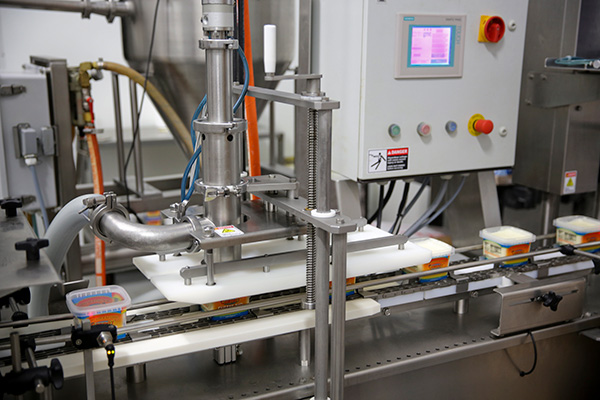How small to mid-size manufacturers can modernize continuity plans to prepare for the unexpected.
By Brett Hoopingarner and Chris Palmer
Imagine starting your day as usual—production lines humming, orders flowing—when suddenly, your entire IT infrastructure goes dark. The disruption isn’t caused by a cyberattack but by a supplier’s failure, a vendor issue, or an outage from a third-party provider, like the recent CrowdStrike and CDK dealership incidents.
In the CDK Global outage, thousands of dealerships across the U.S. lost access to core systems for days, crippling their operations. Similarly, when CrowdStrike experienced a service disruption affecting 8.5 million devices, companies relying on its cloud services—all sizes and from all industries—found themselves vulnerable and supply chains suffered. These weren’t malicious attacks, but the impact was just as significant, leading to widespread chaos and financial loss.
For small- to mid-size manufacturers, these events are a reminder that continuity planning must evolve. It’s no longer just about having a backup location if your facility goes offline, say from a devastating storm. You need to consider, “What do I do if something indirectly impacts me?”
The days of old-school continuity planning are over. Risks change daily. If you haven’t given your business continuity strategy a facelift yet this year, it may already be outdated. Here’s how to get started:
1. Build your continuity plan to reflect current risk
2. Strengthen your security practices
3. Rethink competitors: Is there potential for crossover?
4. Develop a robust communications plan
Even the most comprehensive insurance policies may not fully cover your risks. For example, in the recent CrowdStrike incident, significant portions of losses incurred weren’t covered due to coverage exclusions, leaving businesses to bear the brunt. This underscores the importance of working with your insurer to identify coverage gaps and minimize them wherever possible.

Traditional approaches to continuity planning are no longer sufficient. Modernize your strategies, which should include regularly assessing and updating your coverages. Prepare for direct and indirect disruptions to maintain operations when unexpected challenges occur. Talk with your local experts, and insurer, for help getting started.

Brett Hoopingarner is the Director of Underwriting for Sentry Insurance. Sentry insures more than 8,000 manufacturers. Learn more at sentry.com.

Chris Palmer works for Sentry’s direct writer segment. Sentry provides property, casualty, life insurance, and retirement products to manufacturers throughout the country. Learn more at sentry.com.
In this episode, I sat down with Beejan Giga, Director | Partner and Caleb Emerson, Senior Results Manager at Carpedia International. We discussed the insights behind their recent Industry Today article, “Thinking Three Moves Ahead” and together we explored how manufacturers can plan more strategically, align with their suppliers, and build the operational discipline needed to support intentional, sustainable growth. It was a conversation packed with practical perspectives on navigating a fast-changing industry landscape.